Articles
Knowledge Center
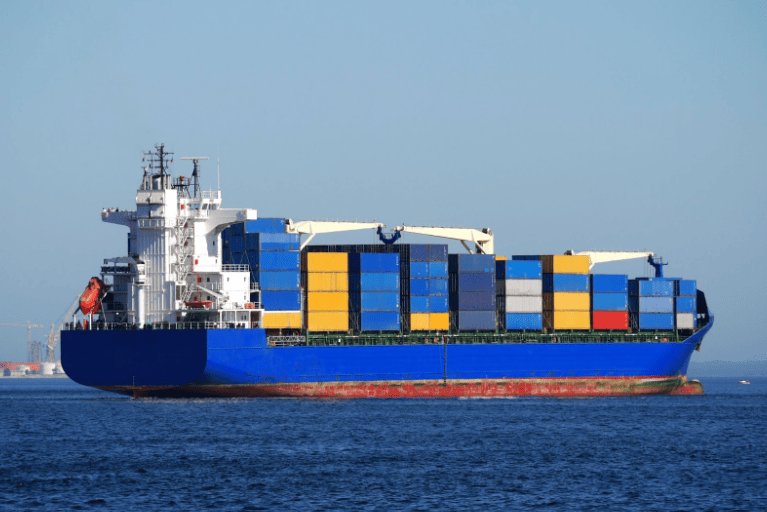
Container Ship: Definition, Types, and Design
Container shipping allows even small manufacturers and business owners to take advantage of economies of scale and transport their products to consumers around the world. Though many people have some understanding of what a container ship is and how they work, few understand the process on a detailed level, including operating costs, supply chain, port […]
Read More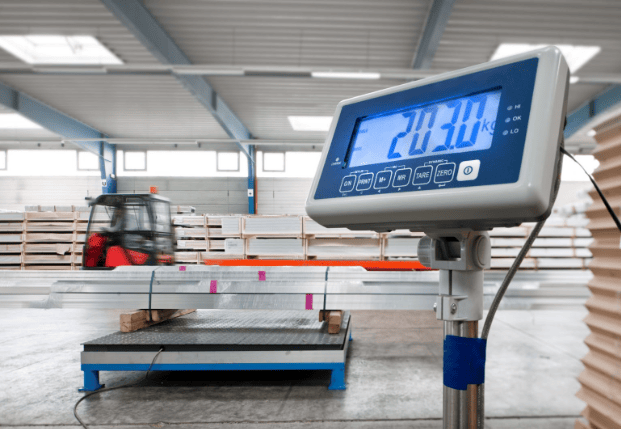
Net Weight vs Gross Weight: Differences and Calculations
International shipments need the net, gross, and tare weights to ensure vessels are not overloaded. In addition, the quotes, paperwork, and bill of lading indicate which weights determine the shipment costs for the given freight company. Understanding the differences between the types of weights is critical to interpreting the paperwork. Container weight is one of […]
Read More
Transportation Management System: Meaning, Importance, and Benefits
Transportation management systems help manage various transportation activities such as shipping, tracking, and delivery. A transportation management system (TMS) — also referred to as a transport order management system, transportation management solution, on demand transportation management system, 3pl transportation management system, or integrated transport management system—benefits businesses by providing cost savings, improved efficiency, and enhanced […]
Read More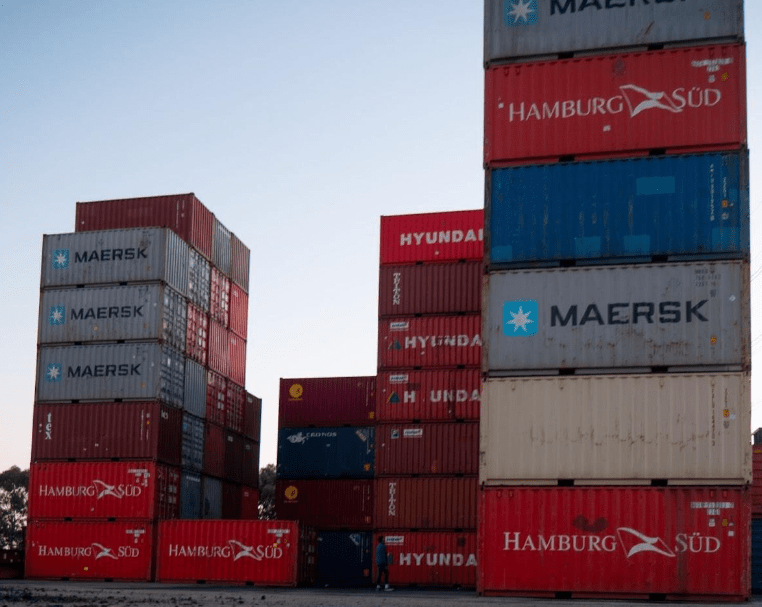
Bulk Cargo: Definition, Containers, and Handling
Bulk cargo poses unique handling and transportation challenges, due to its volume and weight. Effective bulk cargo handling requires a comprehensive understanding of the specific materials in transit and the appropriate storage, handling, and transportation methods to ensure safety and efficiency throughout the transaction. Container handling systems quickly and efficiently unload, load, and handle bulk […]
Read More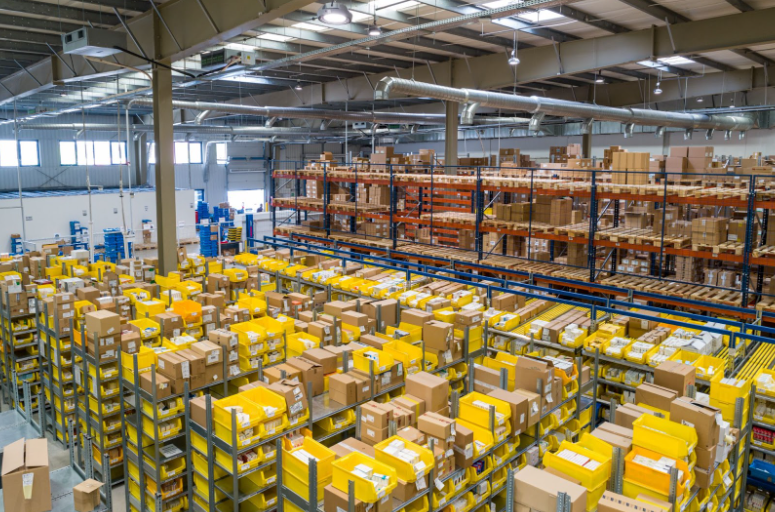
Bonded Warehouse: Definition, Classes, and Benefits
International trade has increased by about 3.5% from the previous year, reflecting a trend that has been growing over several years. The increase in international shipping can be attributed in part to a growing global economy, which has introduced several new business opportunities. However, inventory storage remains a limiting factor as some products are fragile […]
Read More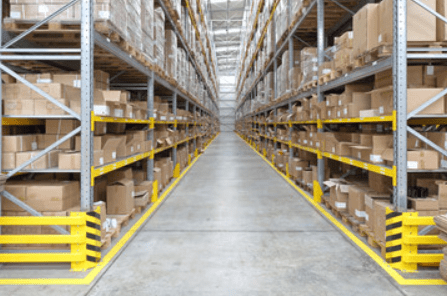
Warehouse Slotting: Definition, Benefits, and Best Practices
Planning and organization are the cornerstones of a successful warehouse. When a company’s inventory products are in their proper locations, pickers can quickly assemble and dispatch orders, increasing productivity and overall efficiency. This article explains warehouse slotting, its benefits, and best practices. What Is Slotting? Slotting refers to organizing warehouse inventory to maximize the efficiency […]
Read More
What is Outsourcing? Definition, Advantages, and Examples
Many businesses have successfully adopted outsourcing processes into various aspects of their logistics and supply chain operations. Outsourcing (or out sourcing, as some refer to it) all or part of these functions can improve efficiency and in some cases, reduce costs. This article describes the concept of outsourcing, as well as the pros, cons, and […]
Read More
Supply Planning: Definition, Process, and Best Practices
Supply planning is a business management tool that impacts supply, demand, and inventory levels. Retailers use supply chain planning systems to provide projected demand for products and materials needed to support those demands. The process is designed to balance plans for future demand with the availability of goods in inventory. Supply planning helps companies determine […]
Read More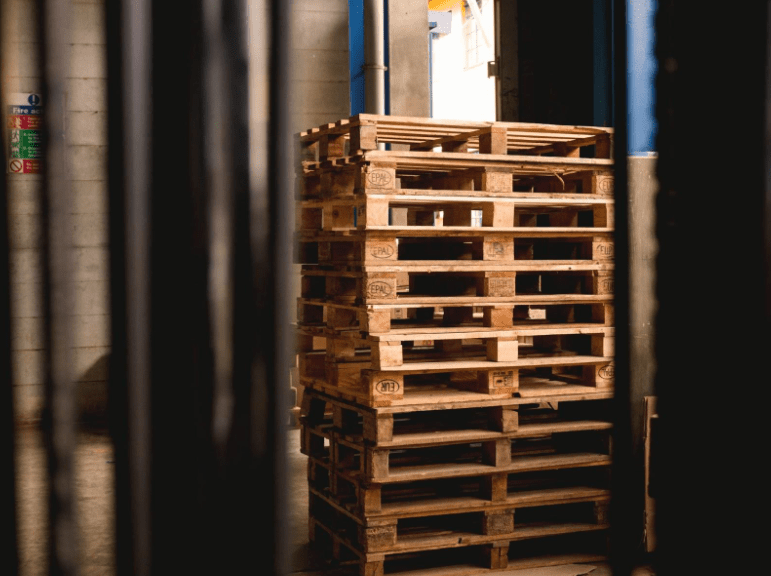
Plastic vs. Wood Pallets: Key Differences and Comparisons
Pallets are flat platforms used as a base for storing, stacking, handling, and transporting goods and products. Their design allows for lifting by a pallet jack, forklift, or other material-handling equipment. This design facilitates the efficient movement of goods through the supply chain, enabling easy loading and unloading onto trucks, ships, and other vehicles. Plastic […]
Read More
Proforma vs. Commercial Invoice: Definitions, Examples, and Differences
There are significant differences between a proforma and a commercial invoice. Both documents look alike, so it is important to know how to differentiate one from the other. What Is a Proforma Invoice? A proforma invoice may answer a letter of inquiry from a potential buyer or provide the terms of a final invoice, so […]
Read More
Order Fulfillment: Meaning, Process, and How To Optimize
The process of order fulfillment can be complex and time-consuming. However, it can be optimized with the right strategies and ultimately improve customer satisfaction, increase repeat business, and reduce costs.
Read More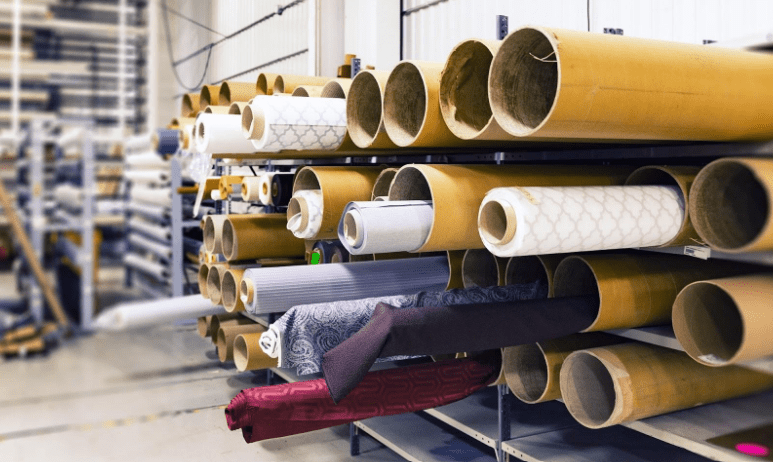
Discrete Manufacturing: Definition, Benefits, and Examples
In the past, manufacturing tended to involve long assembly lines with armies of workers playing a part in creating the finished products. This description fits well for conventional manufacturing industries. However, with rapid technological advancements, various alternative manufacturing options exist now. Discrete manufacturing is one of the most prevalent manufacturing processes that utilize a production […]
Read More
Just In Time Manufacturing: Definition, Benefits, and Origin
New technologies, raw materials, and production strategies are being adopted daily as companies strive to remain competitive in their respective industries and to meet changing customers’ demands. Manufacturers must remain flexible and adaptable in their production methods to allow adjustments to their supply chain. Manufacturers can adopt many different production strategies, each with advantages and […]
Read More
Electronic Data Interchange: Definition, Process, and Benefits
The use of technology is rapidly increasing in many industry sectors worldwide, including logistics. Technologies such as cloud computing and IoT devices have enabled logistics companies to access real-time data and improve the coordination of their operations. One key improvement area is how Electronic Data Interchange (EDI) is used in logistics operations. This technology has […]
Read More
Order Picking: Definition, Methods, and Advantages
Order picking is the process of products being retrieved from warehouse inventory to fulfill orders by customers. This article will describe order picking, how it works, and ways order picking processes can improve supply chain and business results. What is Order Picking? Order picking, or the warehouse picking process, refers to selecting items from a […]
Read More
Logistics Optimization: Importance, Process, and Optimization
Supply chain management refers to all the steps necessary to ensure goods reach their destinations. Consumer expectations have increased steadily, requiring companies to operate supply chains as effectively as possible to meet the demands of commerce. Logistics optimization is a strategy that companies implement to meet the growing demand for fast and efficient supply chain […]
Read More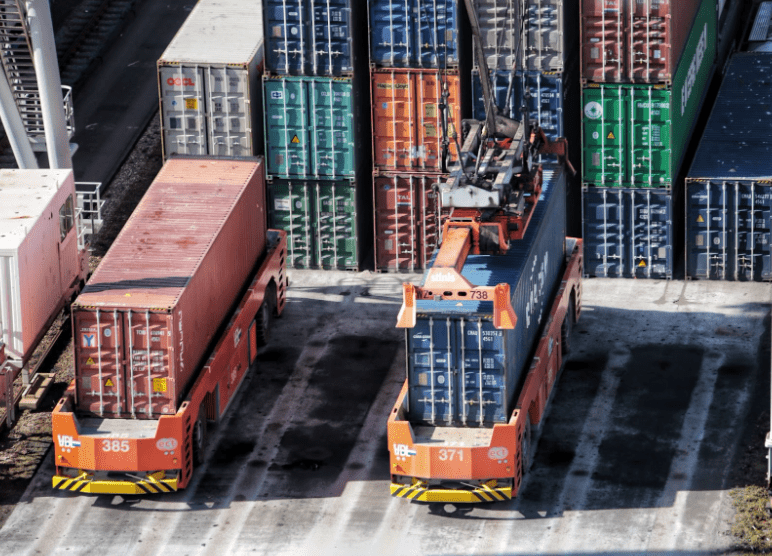
Near Sourcing: Definition, Benefits, and Drawbacks
Near sourcing is a business strategy that has become increasingly popular in recent years. It involves shifting production and services closer to the point of sale or consumption rather than relying on global supply chains. It can offer numerous advantages such as reduced shipping costs, faster delivery times, and improved environmental sustainability; however, there are […]
Read More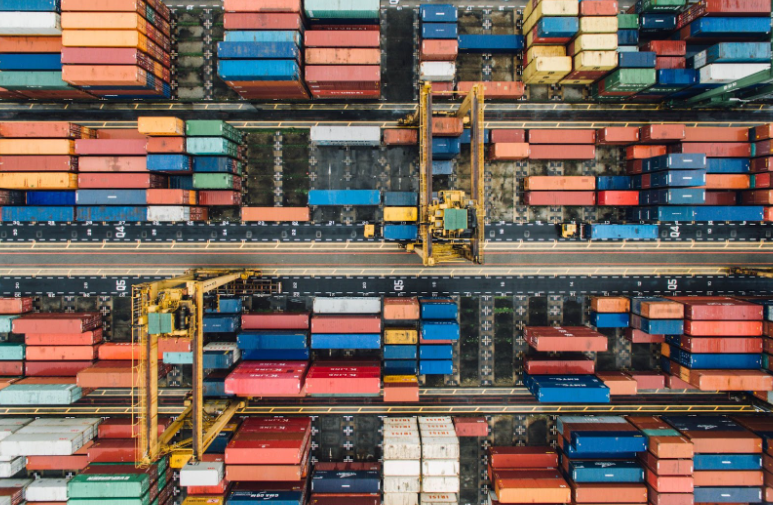
Supply Chain vs. Logistics: Definitions, Similarities, and Differences
As companies continue to grow, it is important to understand the differences between supply chain and logistics. Although related, the two have distinct attributes that can substantially influence how businesses manage their activities. This article explores supply chain vs. logistics – what they mean, how they differ from each other, and the integration opportunities. The […]
Read More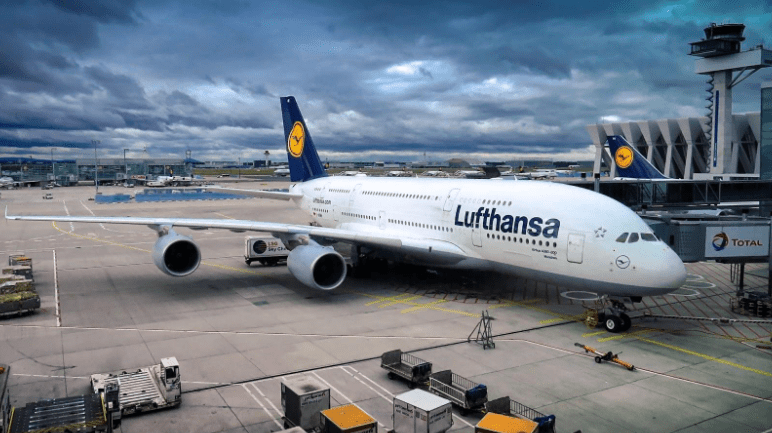
9 Types of Air Cargo: A Guide To Transporting Goods by Plane
The ability to transport goods quickly, securely, and cost-effectively is crucial for many businesses. Air cargo—shipped by any air freight company, air freight carriers, or freight cargo company—offers a fast, reliable way of moving products around the world. Shippers are looking for global air freight providers with exceptional services, quality handling airfreight, and an extensive […]
Read More
Inbound Logistics: Definition, Examples, and Process
Logistics is an essential aspect of any business, as it involves planning, organizing, and managing the flow of goods, services, and information from the point of origin to the point of consumption. It encompasses the entire process of sourcing raw materials, assembling products, and delivering finished goods to customers. Logistics can be divided into two […]
Read More